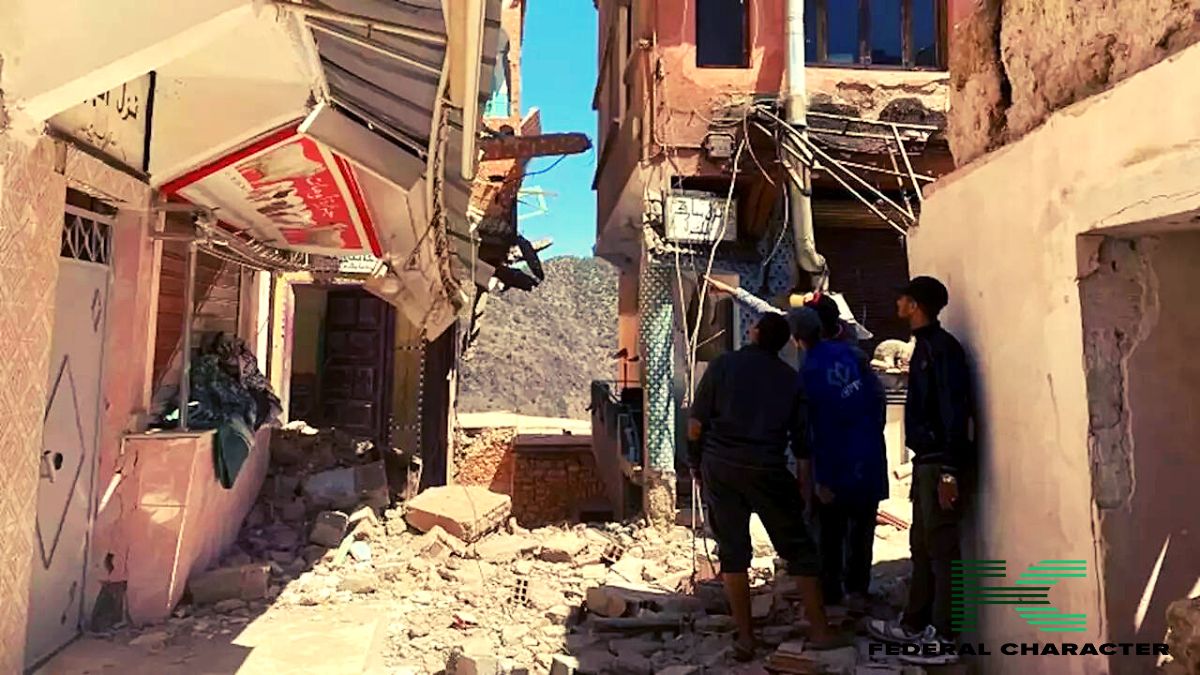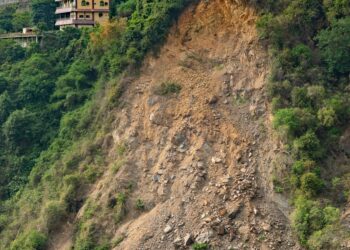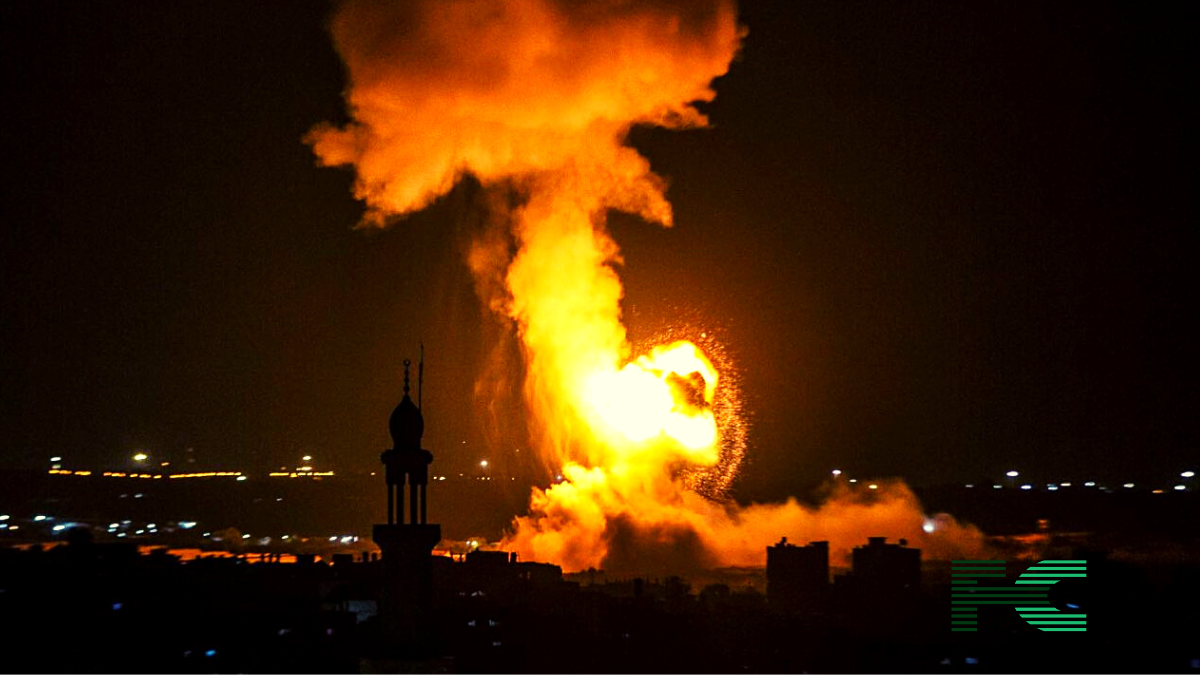In the aftermath of last week’s devastating earthquake in Morocco, the plight of affected villagers remains a pressing concern. These resilient Moroccan residents, who lost everything in the disaster, find themselves struggling to survive amidst the rubble of their homes. Their situation is compounded by blocked roads due to landslides and a severe shortage of critical supplies, particularly tents.
The earthquake, measuring a magnitude of 6.8, struck the High Atlas Mountains late on a Friday night, resulting in a tragic loss of life, with official figures indicating at least 2,901 fatalities and 5,530 injuries. This earthquake stands as Morocco’s deadliest since 1960 and its most powerful in over a century.
Amidst growing frustration among survivors over the sluggish emergency response, King Mohammed made a televised appearance on Tuesday, visiting injured individuals at a hospital in Marrakech. Relief efforts are spearheaded by Morocco’s army, supported by aid organizations and teams dispatched from four other nations. However, the challenging mountainous terrain and damaged infrastructure have hampered the distribution of aid, leaving some of the hardest-hit communities waiting the longest for assistance.
On Wednesday, there was a noticeable increase in the presence of Moroccan troops, police, and relief workers in the affected areas. Yet, in remote locations, outside help remained scarce. In Outaghrri, a small village almost entirely reduced to rubble with four fatalities, survivors have endured five nights in the open schoolyard, one of the few spaces not buried under debris.
Said Ait Hssaine, 27, who returned from Marrakech to assist after the quake, expressed the hardships faced by survivors, grappling with fear of aftershocks and the emotional toll of loss and destruction. He noted, “We keep everything inside. You know people here are a little bit hard and they cannot show they are weak or they can cry, but inside you just want to go somewhere and cry.”
While the school structure remained standing, it bore significant damage, rendering it unsafe. Villagers repurposed one room to store donated water and food, primarily from Moroccan citizens. However, the government-issued tents recently delivered were not waterproof, a concerning issue in a region prone to rain and snow.
As winter approaches, the challenges for these villagers intensify. Ouazzo Naima, 60, who lost eight relatives in the quake, emphasized, “Tents will not solve the problem.” Many residents, lacking alternative options, remain in their damaged homes without inspections or assessments of collapse risk.
In the mountain village of Adouz, largely reduced to rubble and inaccessible by road, residents set up makeshift camps along a river lower down the slope. They rely on donkeys to transport supplies up and down the mountainside. Fatima Belkas, a resident, stressed the need for basic, non-perishable necessities like sugar and oil, highlighting the lack of proper roads as a significant obstacle.
The situation calls for urgent and substantial aid. Questions loom about the adequacy of the Moroccan government’s response, leaving many to ponder if it’s indeed enough to address the immense challenges facing these earthquake survivors.














